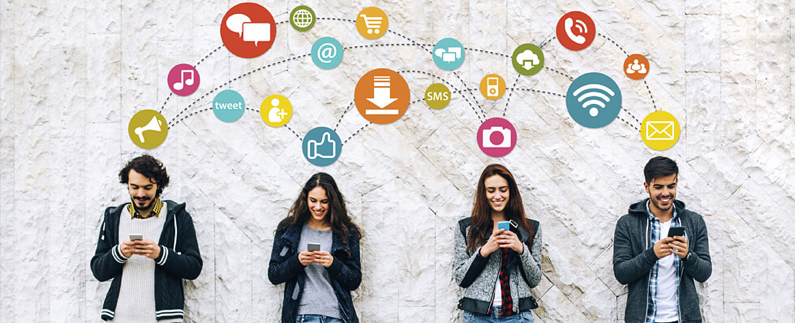All one has to do these days is turn on the local news to hear about another teacher, coach or employee being accused of a crime of either drugs or child sexual abuse. If you are like me, the first question you think of is, “Don’t they do background checks?” What we are starting to find out, is yes they do. The problem is with the way in which the background checks are being done and by whom.
Let’s start with the basics and the must haves. The FCRA, or the Fair Credit Reporting Act, was passed in 1970 to ensure regulations of the collection of credit information. Additionally, The Equal Employment Opportunity Commission governs how this is to be done:
In all cases, make sure that you’re treating everyone equally. It’s illegal to check the background of applicants and employees when that decision is based on a person’s race, national origin, color, sex, religion, disability, genetic information (including family medical history), or age (40 or older). For example, asking only people of a certain race about their financial histories or criminal records is evidence of discrimination.
Where the problem lies, in may cases, is with the actual agencies in which background companies receive their information. They may not be updated regularly enough. That in and of itself is a problem. But the list goes on…
You may be surprised to learn the following flaws:
- The FBI offers a National Criminal Information Center which is great, as long as the crime was reported to the FBI. Beginning in 1967, it is dependent on records that have been provided by criminal justice agencies. It operates under a shared management concept between the FBI and federal, state, local and tribal criminal justice users.
- Many times education is not checked out thoroughly which can be very detrimental down the road. This includes professional licenses.
- They often don’t utilize the information from paid data bases.
- Social Media is rarely included. I don’t mean the prospective employee gives up passwords. That should not ever be done in my opinion, however much can be gleaned by conducting a deep web investigation, without that information. A social media background check may reveal quite a lot about the character of the individual. Many HR execs are looking anyway, however hiring an agency is the safest way to go. A best practice is to never review your candidates’ social media profiles internally. This is beneficial because an agency’s review and social media report respect your candidate’s privacy and alleviates your employees from reviewing content that could lead to accusations of discrimination or violations of freedoms.









